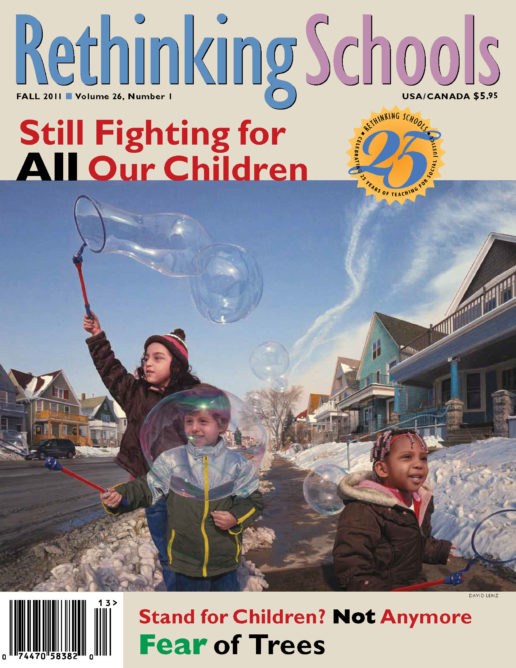Preview of Article:
The New Model of Teacher Evaluation
How Would Ms. Frizzle Fare?
Illustrator: Roxanna Bikadoroff
The two of us were reflecting recently on the portrayal of teachers on-screen these days. There’s the snidely animated “dance of the lemons” and Michelle Rhee’s teacher bashing in Waiting for “Superman.” Now comes Cameron Diaz in Bad Teacher, portraying an impossibly horrifying educator. What happened to the teacher as guide? Or the teacher as inspiration? What happened to Ms. Frizzle?
We remember watching episodes of The Magic School Bus with our children, hoping that our toddlers would someday have teachers as dynamic, quirky, creative, and flamboyant as Ms. Frizzle. But it seems like today’s teachers are getting all the Ms. Frizzle drilled out of them, both on-screen and off.
Which got us thinking about teacher evaluations and how, like everything else, what you get depends on what you measure.

